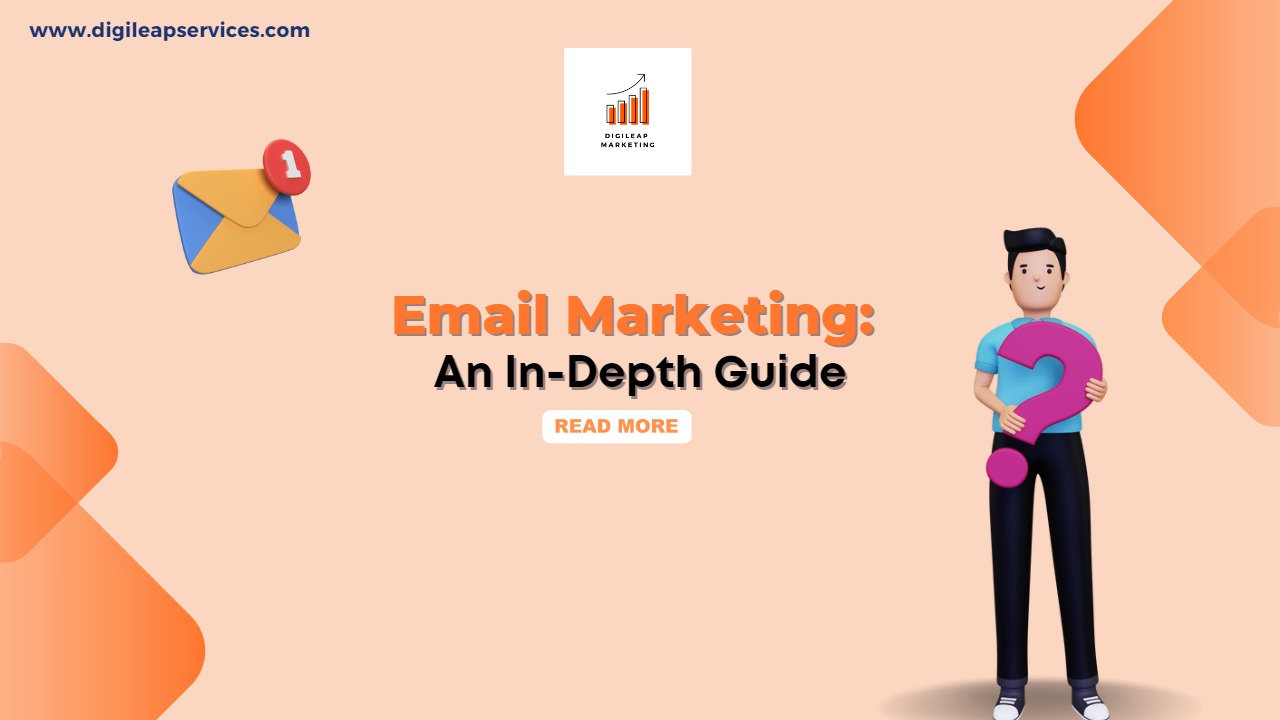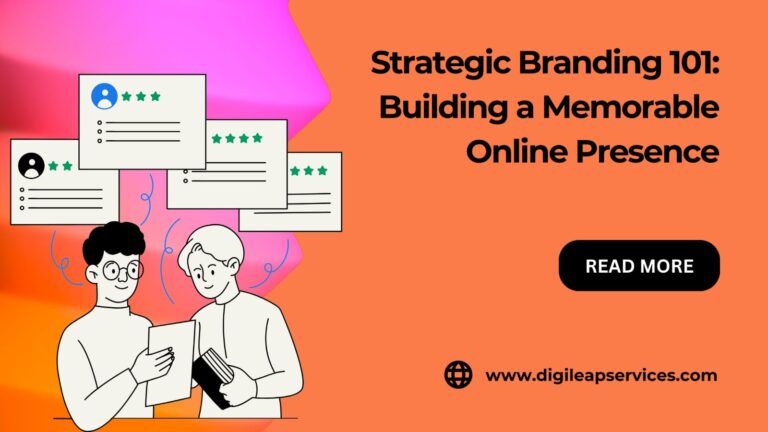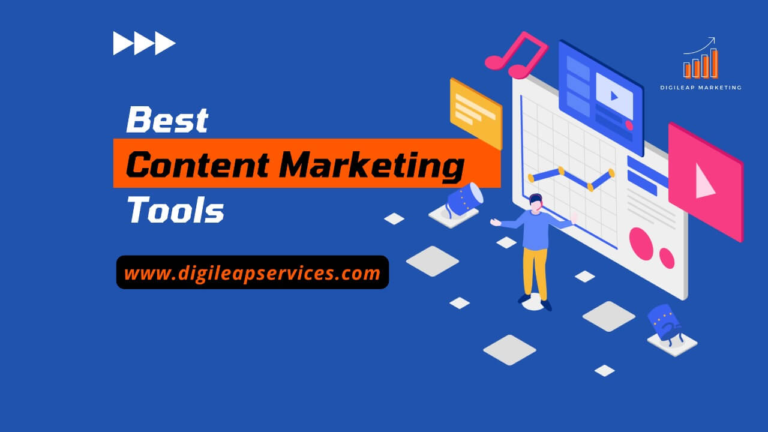Email Marketing: An In-Depth Guide
Email Marketing Guide: Introduction
Email marketing is a crucial component of digital marketing that involves sending targeted messages directly to a specific audience through email. It is a cost-effective way to build relationships with customers, increase brand awareness, and drive sales. This guide will provide a comprehensive overview of email marketing, including building a subscriber list, crafting effective emails, personalizing content and analyzing campaign performance. By following the tips and best practices outlined in this guide, you will be well on your way to maximizing the results of your email marketing efforts.
Additionally, this guide will also touch upon key elements of successful email marketing, such as segmentation, A/B testing, mobile responsiveness, and more. By understanding these elements and incorporating them into your campaigns, you will be able to create engaging and effective email marketing strategies that resonate with your target audience. Whether you are a seasoned marketer or just getting started with email marketing, this guide will provide valuable insights and practical tips that you can use to improve your campaigns and drive business results. So, if you want to take your email marketing to the next level, read on for an in-depth guide to email marketing.
What is Email Marketing?
Email marketing is using email to promote a product or service, build customer relationships, and drive sales. It is an essential part of digital marketing, which helps businesses reach and engage with their target audience.
If you have your email account and it’s probably safe to assume you do you’re undoubtedly already familiar with the notion of email marketing.
But, to avoid any confusion, let’s start with a definition: Email marketing is a sort of direct marketing in which you use personalized emails to notify consumers and potential customers about your product or service.
What are the Benefits of Email Marketing?
If the eye-popping $36:1 ROI statistic wasn’t enough to persuade you, here are some additional compelling reasons to employ email marketing to advertise your business:
Email marketing directs visitors to your website, blog, social media account, or anywhere you want it to go.
It enables you to strengthen your relationships with your prospects through personalization and auto-triggered marketing.
You may segment your audience to target very precise demographics, ensuring that messages reach the people who would respond most positively.
Email marketing is one of the simplest venues for version testing, allowing you to evaluate which subject lines and calls-to-action (CTAs) are most effective.
It’s good if you have complete control over your email marketing. You own your marketing list with email, and you can target your leads any way you want (so long as you stay compliant with CAN-SPAM laws).
There is no doubt that email marketing should be a component of your overall marketing outreach plan.
Benefits of Email Marketing:
- Cost-effective: Email marketing is one of the most cost-effective forms of marketing. It requires minimal investment and can be easily integrated into your overall marketing strategy.
- Targeted audience: Email marketing allows you to target specific groups of customers based on their interests, behavior, and purchase history.
- Measurable results: Email marketing provides measurable results, allowing businesses to track their success and make data-driven decisions.
- High ROI: Email marketing has a high return on investment (ROI) compared to other marketing channels.
- Easy to set up: Email marketing is easy to set up and manage, making it accessible for businesses of all sizes.
Email Marketing Strategies:
- Segmentation: Segmenting your email list based on subscriber behavior and preferences can increase open rates and click-through rates.
- Personalization: Personalizing emails with the recipient’s name, location, and past purchases can increase engagement and conversions.
- Mobile optimization: Optimizing emails for mobile devices is essential, as more than half of all emails are opened on mobile devices.
- A/B testing: A/B testing allows businesses to test different elements of their email campaigns to see what works best.
- Automation: Email automation allows businesses to send triggered and personalized emails to their subscribers at scale.
Email Marketing Metrics:
- Open rate: The open rate measures the number of recipients who opened your email.
- Click-through rate: The click-through rate measures the number of recipients who clicked on a link in your email.
- Conversion rate: The conversion rate measures the number of recipients who completed a desired action, such as making a purchase.
- Bounce rate: The bounce rate measures the number of emails that were returned as undeliverable.
- Spam complaint rate: The spam complaint rate measures the number of recipients who marked your email as spam.
How to build an Email Marketing Campaign:
- Define your goals: Clearly define your goals for the email marketing campaign, such as increasing sales, building customer relationships, or generating leads.
- Build your email list: Build your email list by offering incentives for subscribers, such as exclusive content or discounts.
- Create compelling content: Create compelling and engaging content that resonates with your target audience.
- Choose an email service provider: Choose an email service provider that meets your needs and budget.
- Test and optimize: Test and optimize your email campaigns regularly to improve their performance and increase conversions.
Best Practices for Email Marketing
- Know your target audience: Understanding your target audience is crucial to creating effective email campaigns.
- Keep it short and simple: Keep emails short, simple, and easy to read, with clear and concise messaging.
- Use a clear subject line: Use a clear and attention-grabbing subject line to increase the chances of your email being opened.
- Include a call-to-action: Include a clear call-to-action in your emails, such as a button or link, to encourage subscribers to take action.
- Avoid spam triggers: Avoid using certain words and phrases that can trigger spam filters, such as “earn money fast” or “limited-time offer.”
- Test before sending: Test your emails on different devices and email clients to ensure they are properly formatted and functioning.
- Respect subscribers’ privacy: Respect subscribers’ privacy by including an opt-out option in every email and not sharing their information with third parties.
- Analyze and adjust: Regularly analyze the performance of your email campaigns and adjust your strategy based on the results.
Additionally, it is important to stay up to date with email marketing trends and advancements. For example, the use of interactive elements such as gamification and personalized videos can enhance the user experience and increase engagement rates.
Conclusion
Email marketing is an effective way for businesses to reach and engage with their target audience, drive sales and build customer relationships. By following best practices, testing and optimizing campaigns, and using email marketing metrics to measure success, businesses can maximize the return on investment from their email marketing efforts.












